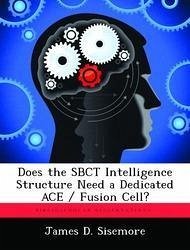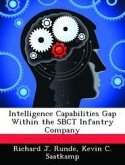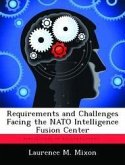This monograph examines the SBCT intelligence structure to determine if it is adequately resourced to conduct operations under a corps headquarters serving as a Joint Task Force Headquarters without a dedicated division level fusion cell. This question is considered due to a lack in Army doctrine for the establishment of a Stryker Division headquarters to serve as the link between a SBCT and a corps headquarters. This monograph answers the question by comparing the capabilities of a division and a corps ACE to the intelligence capabilities of a Stryker Brigade. The first two chapters look at the development and structure of the SBCT, with specific emphasis placed on the SBCT intelligence structure. The third chapter reviews the structure and capabilities of a division and corps ACE. The comparison chapter uses the six-step joint intelligence cycle as criteria to compare these two structures. A trend found during the comparison chapter is an apparent lack of experienced personnel (specifically by rank structure) within the SBCT. While the Stryker Brigade has a robust intelligence structure in size, equipment, and number of personnel, the level of experience resident in its analysis teams are significantly less than that found in a division ACE. If a Stryker Brigade deploys directly under a corps headquarters serving as a JTF headquarters, it could be inadequately supplied with the necessary detail of intelligence to conduct effective operations. Three options are presented to improve the intelligence capabilities of a SBCT. The first is to restructure of the SBCT MI company to include analysis teams lead by senior warrant officers, versus the current three-platoon structure. A second option is for the SBCT to only deploy under control of a standing division headquarters. This action would provide the SBCT with access to a division ACE structure for intelligence support. The third option to improve the intelligence capability of the SBCT is to establish a standing AC
Hinweis: Dieser Artikel kann nur an eine deutsche Lieferadresse ausgeliefert werden.
Hinweis: Dieser Artikel kann nur an eine deutsche Lieferadresse ausgeliefert werden.








